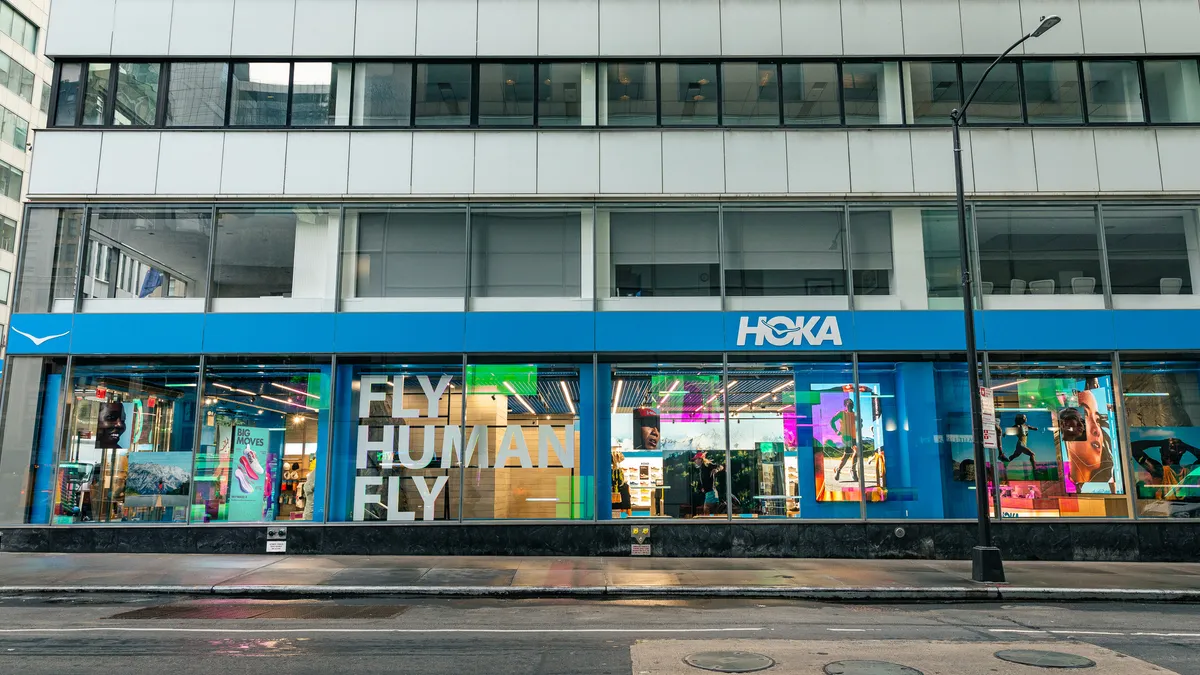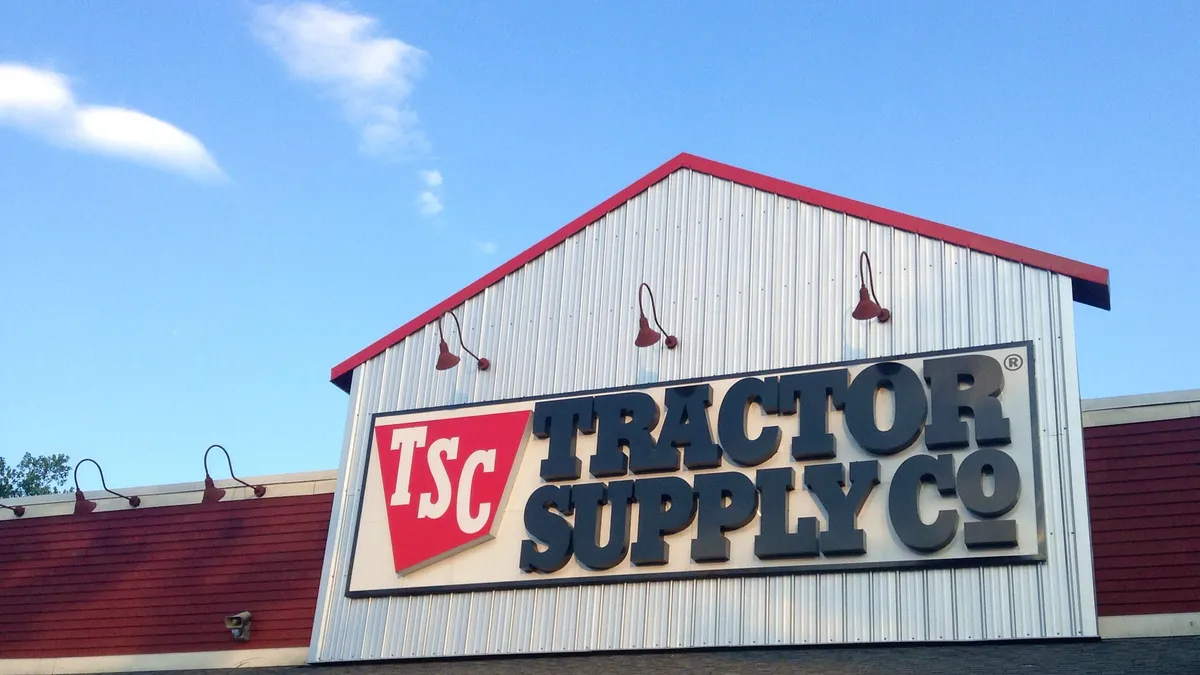While demand in the home improvement category has come down from pandemic highs, the biggest players in the sector continued to post sales gains in the fourth quarter.
As consumers invested in their homes around the holidays, The Home Depot on Tuesday reported fourth quarter net sales increased 10.7% year over year to $35.7 billion, while comparable sales increased 8.1%. In the U.S., comps increased 7.6% from last year.
The retailer's operating income increased 18.2% from last year to $4.8 billion, representing an operating margin of 13.5%. Net income grew 17.3% to $3.4 billion.
For the full year, Home Depot reported net sales increased 14.4% to $151.2 billion, while operating income and net income increased 26.1% and 27.7%, respectively.
"Given the exceptional results that the home improvement sector has consistently delivered during the pandemic, it is easy to take such numbers for granted," GlobalData Managing Director Neil Saunders said in emailed comments. "However, it takes a great deal of commercial and operational skill to upscale a business in this way over such a short period of time, which is a testament to Home Depot's management team."
On a call Tuesday with analysts, Chief Operating Officer and soon-to-be CEO Ted Decker said sales from its pro segment continued to outpace DIY during the period. To further strengthen its position with its Pro customers, the retailer announced initiatives to encourage more purchases. Pros historically have leaned on Home Depot for its convenience play and have generally purchased unplanned, last-minute items from it, according to Decker. The retailer's goal now is to draw those customers in sooner and capture more of those planned purchases.
"We're building capabilities with our Pro ecosystem to accelerate Pro share growth particularly in planned purchases," Decker said. "We've always talked about [how] every Pro is in our building. We're sort of the 7-Eleven for Pros — convenience, value, tremendous product and brands — but what we're building now is something completely different and revolutionary to get the Pro planned purchase."
Home Depot has been the preferred destination for Pros when compared to rival Lowe's, which may bode well for the retailer in the months ahead. While overall demand in the home improvement sector has come down since the height of the pandemic, the professional side of the business remains strong, according to Saunders.
"The construction sector is robust, the number of households moving and requiring big remodeling work remains strong, and there is still a backlog of projects left over from when restrictions were imposed during the pandemic," he said. "Combined, these factors mean that the professional segment is still out spending in force on materials, tools and other sundries."
For Lowe's, while its sales lapped last year's figures, its growth was slower than that at Home Depot. The retailer reported Wednesday that fourth quarter net sales increased 5% to $21.3 billion, while comps increased 5%. In the U.S., comps grew 5.1%
"This is a healthy acceleration on the prior two quarters, reflecting the increased amount of home improvement activity around the holidays and during the winter season," Saunders said in emailed comments. "Given last year's substantial increase, Lowe's has increased fourth quarter sales by a third, or by $5.3 billion, on a two-year basis. This is a significant achievement, especially with the amount of operational reengineering required to support such growth."
But its larger rival, Home Depot, was able to post sales growth of more than double Lowe's, helped partially by its international business, Saunders notes. "From our data, the whole home improvement market grew by around 8.9% over the quarter, which means that Lowe's has both lost market share and underperformed Home Depot to a significant degree," he added.
Lowe's operating income grew 21.3% from last year to $1.8 billion, while operating margin was 8.7%, up 117 basis points. Net income grew 23.3% to $1.2 billion.
For the full year, Lowe's net sales increased 7.4% to $96.3 billion, while its operating income and net income increased 25.4% and 44.7%, respectively.
While Lowe's has emerged from the pandemic as a "much stronger, more profitable and far larger business," Saunders notes that weaknesses shown in its most recent quarter against Home Depot and the overall home improvement market need to be addressed in order to grow its market share and hold onto those gains.
In an effort to attract more pro shoppers and better position itself in the months ahead as overall demand wanes, Lowe's has rolled out a number of initiatives over the past year, including elevating its product assortment, rearranging its stores and launching a loyalty program. The efforts appear to be paying off: During the period, the retailer said it increased its pro customer sales by 23%.
Given its better-than-anticipated results, Lowe's has raised its 2022 outlook, now projecting net sales between $97 billion and $99 billion, and comp sales to be down 1% on the low end and up 1% on the high end. That's an increase from previous expectations of comps declining by as much as 3%.
Meanwhile, Home Depot expects 2022 net sales and comps to be slightly positive.























